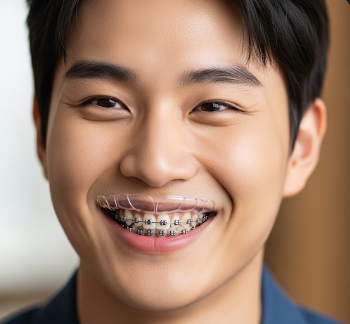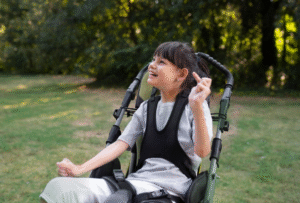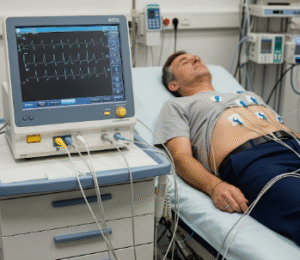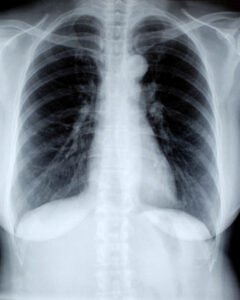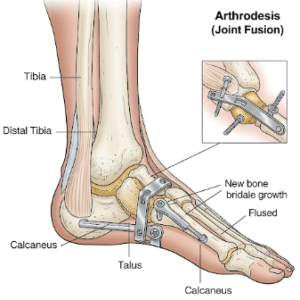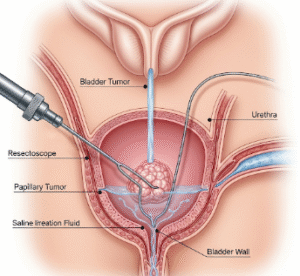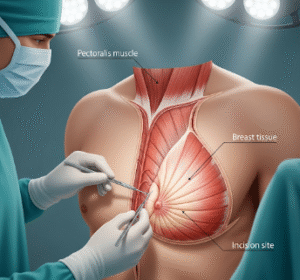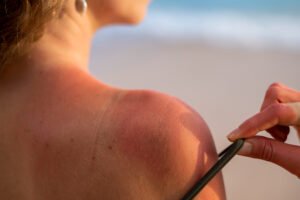Overview
Cuts or lacerations of the tongue and mouth are common injuries that can result from accidental bites, trauma, or sharp foods. Although most are minor, they can cause significant pain, difficulty speaking or eating, and may become infected if not properly treated. In South Korea, oral and maxillofacial specialists provide advanced diagnostic evaluation, treatment options, and preventive advice to manage these injuries effectively. Korean clinics emphasize early care, wound management, and proper hygiene to promote healing and prevent complications.
What are Tongue and Mouth Cuts?
Tongue and mouth cuts are disruptions in the soft tissue lining of the oral cavity, including the tongue, inner cheeks, lips, or roof of the mouth. These injuries can vary in severity, ranging from superficial scratches that heal quickly to deep lacerations requiring suturing. Common types include:
- Superficial cuts: Minor abrasions affecting only the surface
- Deep lacerations: Penetrate the tongue or oral mucosa and may require surgical intervention
- Bite-related injuries: Often occur during accidental biting while eating or during seizures
- Trauma-related injuries: From falls, sports accidents, or sharp objects
In Korea, oral surgeons assess the location, depth, and cause of the cut to determine the most effective treatment and minimize healing time.
Symptoms
Symptoms of tongue and mouth cuts may vary depending on severity:
- Immediate pain and tenderness at the site of the cut
- Bleeding, ranging from minor to profuse
- Swelling or bruising in the affected area
- Difficulty speaking, chewing, or swallowing
- Sensitivity to hot, cold, or spicy foods
- In severe cases, numbness or loss of function in the tongue or lip
- Risk of infection signs, including redness, pus, or fever
Prompt attention to these symptoms is crucial to prevent complications and ensure proper healing in South Korean clinics.
Causes
Cuts to the tongue and mouth can occur due to various factors:
- Accidental biting while eating or during seizures
- Trauma from falls, sports injuries, or car accidents
- Sharp foods such as chips, bones, or crackers
- Dental procedures or orthodontic appliances causing inadvertent injury
- Assault or foreign objects entering the mouth
- Poor oral hygiene, which can worsen bleeding and delay healing
Korean oral health professionals evaluate the cause of injury to provide targeted care and prevent recurrence.
Risk Factors
Certain factors increase the likelihood of sustaining tongue or mouth cuts:
- Participation in contact sports or high-risk physical activities
- Use of braces, dentures, or other dental devices
- Seizure disorders that cause involuntary biting
- Poor dental alignment, making accidental bites more likely
- Children and elderly individuals, who are more prone to falls or accidental injuries
- Use of anticoagulant medications that increase bleeding risk
In South Korea, preventive strategies include protective gear for athletes and education on safe eating and oral care practices.
Complications
If not properly managed, tongue and mouth cuts can lead to complications:
- Secondary bacterial or fungal infections
- Prolonged bleeding, particularly in patients with clotting disorders
- Difficulty eating, drinking, or speaking
- Formation of scar tissue or fibrosis, affecting mobility
- Pain or sensitivity during healing, potentially affecting nutrition
- Rare cases of nerve damage leading to persistent numbness
Korean oral health clinics emphasize early treatment and follow-up to prevent these complications and promote optimal recovery.
Prevention
Preventive measures focus on reducing trauma risk and maintaining oral health:
- Avoid chewing hard or sharp foods: Especially in children and elderly individuals
- Use protective mouthguards: During sports or high-risk activities
- Maintain oral hygiene: Reduces infection risk and promotes faster healing
- Be cautious with dental appliances: Proper fitting of braces, dentures, and retainers
- Educate children: Supervise play and feeding to reduce accidental bites
- Manage underlying health conditions: Such as seizure disorders, to reduce injury risk
Public health initiatives in South Korea emphasize safety, hygiene, and awareness to minimize oral injuries.
Treatment Options in Korea
Treatment of tongue and mouth cuts in Korea is guided by severity, location, and patient health:
Diagnosis:
- Physical examination to assess depth, size, and location of the cut
- Evaluation of bleeding, nerve involvement, and risk of infection
- Imaging studies if trauma involves the jaw, teeth, or underlying structures
Medical Treatments:
- Minor cuts: Cleaning with antiseptic solutions, applying pressure, and pain management
- Deep lacerations: Suturing with dissolvable stitches to promote proper healing
- Hemostasis: Controlling bleeding through pressure, cauterization, or topical agents
- Antibiotics: Prescribed for high-risk cases or contaminated wounds
- Pain relief: Local anesthetics or oral analgesics as needed
Supportive Care:
- Soft diet and avoidance of spicy or acidic foods during healing
- Oral rinses with saline or antiseptic solutions to prevent infection
- Regular monitoring by dental or oral specialists to ensure proper recovery
- Patient education on oral hygiene, avoiding trauma, and recognizing infection signs
Korean oral and maxillofacial clinics integrate rapid assessment, skilled wound care, and comprehensive follow-up to ensure complete healing and prevent complications.

